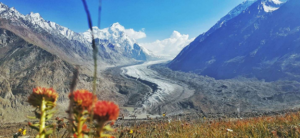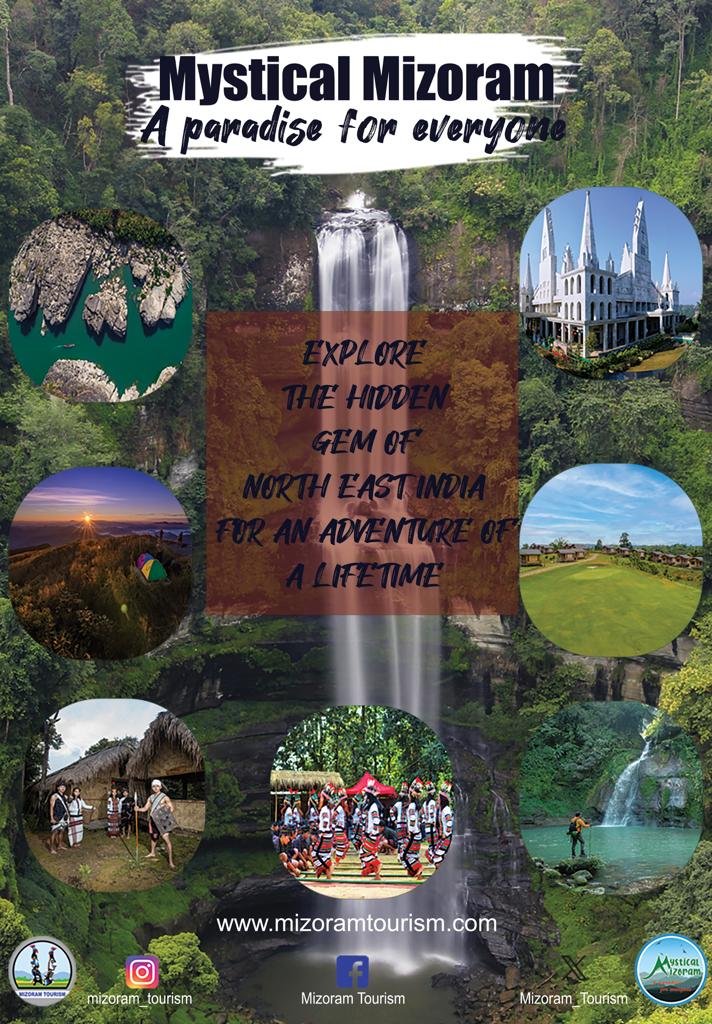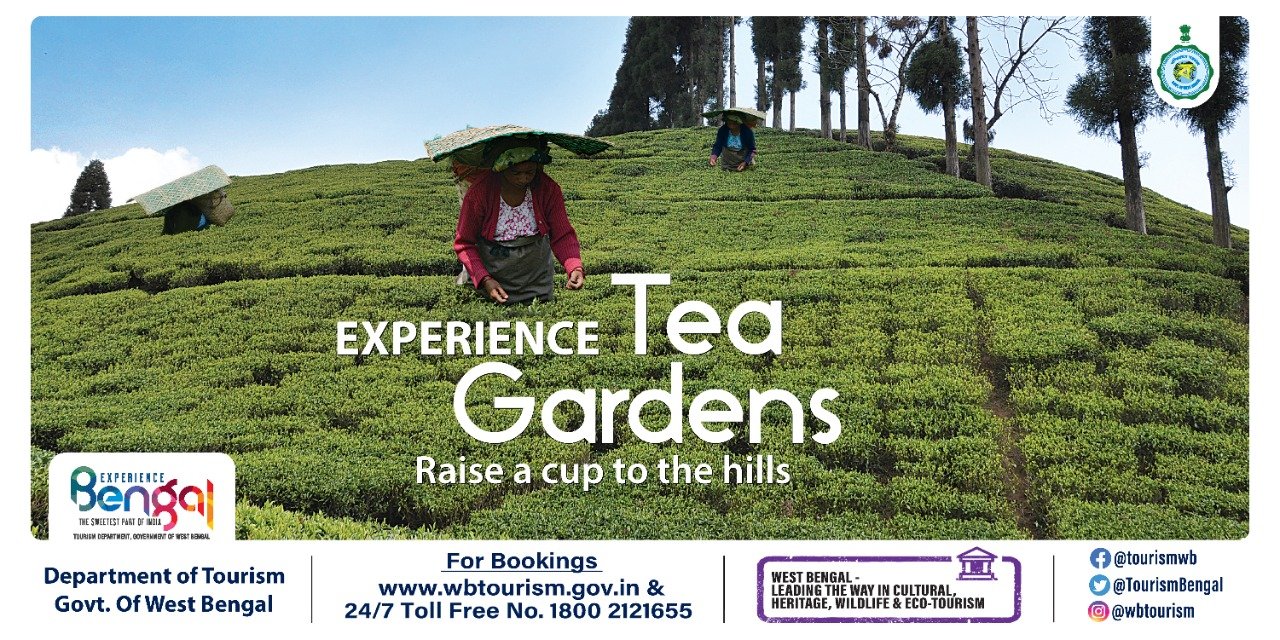
By SUMITA GHOSH
( SENIOR MANAGER, GENPACT)
GURUGRAM, 27 DECEMBER 2022
Beyond the popular tourist destination — Ladakh, lies an infinitely fascinating and riveting stretch of the land that offers a culture and terrain which is almost unknown to the regular travel enthusiast— this is the Zanskar region. Zanskar, or Zangskar, is a taluka of Kargil district, which lies in the Indian union territory of Ladakh. Zanskar along with the adjoining region of Ladakh was briefly a part of the Guge kingdom in Western Tibet. It lies 250 km south of Kargil town on NH301. The word Zanskar or Zangskar also owes its name to the abundance of copper in the area since the Tibetan word for copper is ‘zangs’. Earlier information about Zanskar was not quite easy to attain and the sheer inability to reach Zanskar valley almost throughout the year made this an arduous task as well. The place literally remained covered under snow for almost 7 months of the year. The only way someone from Zanskar could connect to the outside world was by walking over the frozen Zanskar River.

The entry to Zanskar valley is through Shinkula pass if you are coming via Manali-Darcha route. It is a mountain pass on the border between Ladakh and Himachal Pradesh. Since 2020, a thorough road has been functional from Darcha to Padum. And it is now a smooth tarmac till Shinkula Pass, and further work on this road is going on till Padum. As an alternative, the Border Roads Organization (BRO) is constructing an all-weather road to Ladakh via Shinku-la. Since the Shinku-la pass gets a lot of snow in winter, BRO intends to construct a highway tunnel underneath the pass to allow traffic flows all year till Zanskar.

Zanskar is slowly evolving into a camping paradise as well. People can camp at various picturesque locations in this valley. A few of them are Gonbo Ranjan- Gonbo Ranjan is a stand-alone mammoth granite rock located south of Kargyak village in the Lungnak valley, Zanskar. It is considered to be a holy mountain and referred to as God’s Mountain by the local inhabitants who practice Tibetan Buddhism. Gonbo Ranjan is situated on the way to Padum after Lakhang.

Purne- It is one of the most scenic villages in Zanskar. You can camp and stay overnight at Purne and then start trekking to Phukthar monastery the next morning. After completing the Phukthar trek, you can start for Padum the next day. You can also avail a homestay option in this village, as there are 2 homestays in this village where basic amenities are provided.

Once you reach Purne village, you can see the confluence of Tsarap and Kurgiak rivers. While you are trekking to Phuktar monastery, the Tsarap River will flow by your side throughout the trek.

Phukthar Monastery or Phukthar Gompa is an ancient Buddhist monastery located in the remote Lungnak Valley in south-eastern Zanskar. It is one of the only Buddhist monasteries in Ladakh that is still accessible only by foot. This monastery is built around a natural cave, which is believed to have been visited by numerous sages, scholars and monks since few thousand years ago. A road is expected to be built up to the monastery shortly. The trek up to this monastery is a pretty difficult one, and is almost a day’s walk from Purne back to Purne.

Padum-It is the administrative center of Zanskar- a charming village surrounded by mountains. One can stay in a hotel in Padum as people generally camp near Gonbo Ranjan and Purne for the first two days and then reach Padum. One can visit the nearby monasteries which are situated in the adjoining areas. Here are the names of a few tourist attractions which you can visit-Zongkhul Monastery, Sani Monastery & Sani Lake, Karsha Monastery, Stongdey Monastery, Zangla Palace., Bardan Gompa and Sheela Village Waterfall.

The Drang-Drung Glacier (also called Durung Drung Glacier) is a mountain glacier near the Pensi La (la means pass) Kargil – Zanskar Road. This glacier is likely to be the largest glacier in Ladakh other than the Siachen Glacier in the Karakoram Range. The Drang-Drung Glacier to the eastern flank of Pensi La is the source of the Doda River which flows into the Padum Valley, and joins with Tsarap Chu to form the mighty Zanskar River. A 240 km road connecting Kargil town to Padum, through the Penzi La remains open only between May and October.

Penzi La – Penzi La is 4,400 metres above the sea level and connects the Suru Valley region to the Zanskar Valley region. This pass is about 25 km from the Rangdum Monastery. To the west of Penzi La catchment area, flows the Suru River which is an important tributary of the Indus and meets at Kargil. After crossing Penzila Pass, there is a wide expanse of land and there are at least 5 small lakes and one of them is STA Tso and one can do camping near this lake. This is also one of the favourite grounds for wolves and if you are lucky enough you might sight a few of them.

Rangdum- Rangdum is a village located in the Suru Valley. On one side are the colourful hills while on the other side are rocky mountains and glaciers, the most important one being the Drang-Drung glacier. It is located midway between Kargil and Padum. It is about 100 kms from Kargil.

“Rangdum, with its gompa and the adjoining village of Juliodok, is the last inhabited region in the Suru valley; it is also inhabited by the nomadic herds tribe called Bakarwals, who trek up every year from the Himalayan foothills near Jammu, bringing their flocks of sheep and goats to feed on the rich summer growth of grass in the meadows. The countryside surrounding Rangdum Monastery has some crops and vegetation but sometimes they cannot ripen due to the brief summer season. The locals depend on their flocks and supplies from lower down namely the Suru Valley or over the pass from Zanskar.

Nun Kun is a mountain chain of the greater Himalayan range, located on the border of Jammu and Kashmir and Ladakh in northern India. It consists of two main peaks: Nun at 23,409 feet and Kun at 23,219 feet, separated from each other by a 4 km long snowy plateau. The Nun Kun mountain chain is bounded to the north by the Suru valley and the Zanskar range, flanked to the east by the Penzi La , which separates the Suru and Zanskar Valleys, while the Kishtwar National Park and the Krash Nai river lie to its south.
Another mountain glacier named Parkachik is located nearby. This is a mass of ice moving slowly down the Nun-Kun slopes. This ice mass falls finally into the Suru River, providing views of the huge ice-fall. A suspension footbridge over the Suru River is there which the visitors can use to walk up to the glacier. Some mountaineers use this glacier to approach the difficult north face route to scale Mt Nun.
Camping areas are offered in the upper Suru Valley. Panikhar is a also a nearby place of attraction.

One of the biggest towns on the way to Zanskar, Kargil -is also the joint capital of the union territory of Ladakh. It is the second-largest city in Ladakh after Leh. It is the centre point of the Suru River.
Kargil district is one of the two districts comprising Ladakh, India. The district was created in 1979, after being carved out of the Leh district in the erstwhile state of Jammu and Kashmir. In 2003, Kargil was granted a Ladakh Autonomous Hill Development Council (LAHDC). The town of Kargil serves as the district’s headquarters and is also the joint capital of Ladakh alongside the neighbouring district’s headquarters of Leh.
Tourist spots near Kargil
Hunderman or Hundarmaan or Hundurmaan is one of the northernmost villages in India and is situated in the Kargil district of Ladakh. It is located 10 km from Kargil, the district headquarters, and is on the banks of the Drass River. It was under Pakistan’s control until 1971. A dusty, nondescript village nestled amidst the craggy peaks of Kargil, Hunderman has seen much over the centuries. Once an outpost on the historic Silk Route, the strategically-sensitive Himalayan hamlet has witnessed innumerable skirmishes and four wars with Pakistan (including the most recent Kargil war).
However, few know that the village is also home to Unlock Hunderman, a unique ‘Museum of Memories’ that documents the life of border families.
The Kargil War Memorial, also known as Dras War Memorial, is a war memorial built by the Indian Army in the town of Dras, near Kargil city. Built entirely in pink sandstone, this memorial commemorates the 1999 Kargil War between India and Pakistan. The Kargil War Memorial stands proudly by the side of the main highway which goes from Srinagar to Leh.
How to reach Zanskar valley
BY AIR
Leh is the nearest airport at a distance of 105 km. Flights from Delhi, Jammu and Srinagar connect to Leh by air. Delhi is the nearest international airport at a distance of 1250 km.
BY TRAIN
Jammu Tawi is the nearest railway station at a distance of 730 km. Most of the major cities in the country like Mumbai, Delhi, Kolkata, Chennai, Ahmedabad, Pune, Indore, Jabalpur and Rishikesh are well connected to Jammu by rail. Additional trains operate on this route during the holiday season. Buses from Jammu ply to Zanskar. Taxis are also available to reach Zanskar from Jammu.
BY ROAD
The best way to reach Zanskar by road is via the Srinagar-Kargil-Padum route. The other route is from Manali-Leh Highway to reach Leh, followed by Leh to Kargil-Padum route. If you are arriving from Manali, travel to Zanskar Valley via Leh-Kargil route.

There is another new route which has been recently built and adventurers (especially bikers) are opting for this route Padum- Zangla- Lingshed- Singe La- Photoskar- Sirsir La- Hanupatta- Phonjilla-Wanla Lamayuru. This is where the road meets Srinagar Leh Highway.
Pictures courtesy-@Drive to Himalaya (Soumik Ghosh)
Advertisement:






























Add Comment